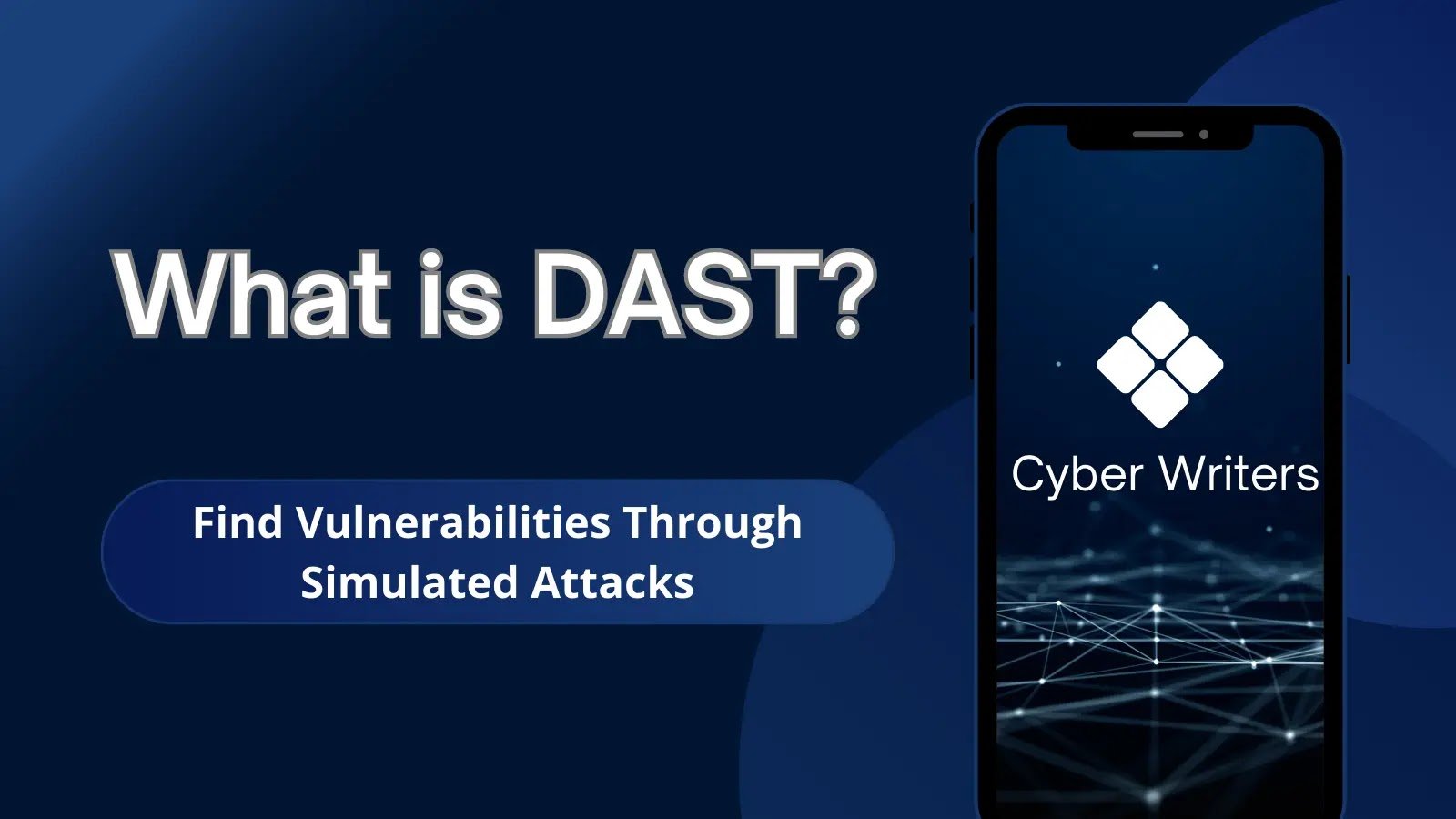Securing Your Digital World: The Latest in Cybersecurity Innovations
The importance of robust cybersecurity measures cannot be overstated in the digital age. As technology advances, so do the methods employed by cybercriminals, making the digital landscape a constantly evolving battleground. This dynamic underscores the need for cutting-edge cybersecurity solutions to protect individual and corporate data.
With threats becoming more sophisticated, staying ahead in this ongoing arms race is vital, leveraging the latest technological advancements to safeguard our digital lives. This article delves into the newest innovations in cybersecurity, highlighting how they are shaping our ability to defend against and respond to cyber threats effectively.
AI and Machine Learning for Enhanced Threat Detection
Artificial intelligence (AI) and machine learning are being leveraged in novel ways for cyber defense. These technologies can automatically analyze network patterns and behaviors to identify anomalies that may indicate cyberattacks. The ability to detect threats faster and with higher accuracy helps security teams mitigate risks before substantial damage occurs. As these intelligent systems become more sophisticated, they will transform the cyber landscape.
Quantum Computing Resistant Encryption
While quantum computing promises to solve complex problems far faster than classical systems, it poses cybersecurity concerns. Quantum computers may one day crack current encryption standards, jeopardizing sensitive data. However, post-quantum cryptography methods are emerging. By developing encryption resilient to quantum capabilities now, data can remain protected in a quantum future.
Blockchain for Enhanced System Integrity
Blockchain provides decentralized, distributed ledgers for transactions that are highly tamper-resistant. Its transparency and traceability offer new possibilities for cybersecurity. Verifying data integrity, restricting access, preventing fraud, and enabling robust monitoring are just some cyber defense applications being explored for blockchain.
Biometrics Offering Convenient Security
Passwords pose numerous vulnerabilities, yet eliminating them removes a layer of security. Biometrics like fingerprint scans and facial recognition provide convenient login options while avoiding password risks. As sensors and AI improve, biometric cyber protection will likely become more widespread in consumer and business settings alike.
Secure Software Development Practices
Many breaches originate from vulnerabilities in the software code itself. Following best practices around secure software development is crucial for avoiding weaknesses attackers can exploit. From carefully designing architectures to rigorous testing and review procedures, prioritizing security throughout the development lifecycle prevents vulnerabilities from the start.
User Security Training and Vigilance
While technical controls are indispensable, human awareness is equally important for cyber defense. Comprehensive security training and campaigns emphasizing vigilance enable individuals to identify risks like phishing attempts and respond appropriately.
In this vein, the availability of educational resources plays a pivotal role. Notably, the emergence of programs like the online computer science degree Texas, which democratizes access to digital skills and cybersecurity expertise, are comparable initiatives across various regions.
For instance, institutions like the Massachusetts Institute of Technology (MIT) and Stanford University on the West Coast provide cutting-edge courses in cybersecurity. Moreover, online platforms such as Coursera and edX offer collaborations with universities worldwide, further broadening access.
Such initiatives are crucial in preparing individual users and corporate teams to handle the complexities of modern cyber threats. By educating a broader audience, these programs contribute significantly to developing a knowledgeable and skilled cybersecurity workforce. Informed vigilance and professional training remain key pillars in fortifying organizations against cyber attacks.
Cybersecurity may always be an arms race against increasingly sophisticated threats, but the latest innovations provide enhanced tools and techniques to lock down your critical systems and data. Combining the newest protective measures with savvy user practices will help you stand resilient as our digital dependence grows. Though risks remain, you can have peace of mind knowing both technology and awareness are evolving to meet tomorrow’s cyber challenges.
Leveraging Crowdsourced Security
Crowdsourcing security through “bug bounty” programs engages external cyber talent to help identify vulnerabilities.
Rather than relying solely on in-house security teams, organizations can tap into crowdsourced ethical hackers to stress test systems, uncovering risks before criminals do. As crowdsourced security gains traction, more issues can be tackled with community wisdom.
Security Orchestration for Unified Defense
With an array of point security products often deployed, managing and coordinating defenses is crucial. Security orchestration, automation, and response (SOAR) solutions enable centralized management by integrating controls and data.
Teams can respond more quickly and consistently to threats, leveraging orchestration. As new tools emerge, SOAR helps unite them into a collaborative, intelligent defense.
Conclusion
In conclusion, continuously adopting cutting-edge cybersecurity solutions while promoting informed vigilance organization-wide provides a multilayered defense. As threats persist and evolve, so must our protective systems and knowledge.
By keeping security a priority today, we can have confidence our digital presence will remain secured well into the quantum computing and AI-driven future. We can keep our data, devices, and networks safe in an increasingly online world through innovative technology and human prudence.






